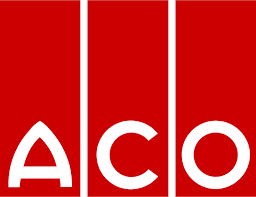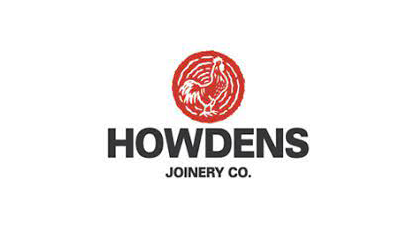
- Details
- Category: Blog
It is very easy to get locked into a cycle of fixing issues that are never fully resolved so they need to be fixed again at a later date.
To understand why this issue is so common, take a look at the 5 types of equipment problem countermeasures in the table below.
| Countermeasure | To deal with |
| 1. Raise Condition standards | Poor asset condition/fitness for purpose |
| 2. Enhance Work routines | Gaps in best practice, knowledge or skill levels |
| 3. Improve Process control | Incomplete control of process precision |
| 4. Apply Low cost automation | The need for manual intervention |
| 5. Procure New Assets or Systems | Legacy assets, capacity constraints or advances in technology |
To successfully apply these countermeasures requires the capability to:
A. Identify and target problems/opportunities
B. Understand cause and effect and introduce improvements
C. Implement improved approach and refine to simplify and standardise.
A, B and C are links in the journey to creating lasting improvements. Each activity impacts on the quality of results achieved whether that is an improvement to day to day operation issues (countermeasures 1 to 3) or project delivery (Countermeasures 4 to 5).
The weakest link across the end to end A, B, C process defines the quality of the outcome.
Academic texts often focus on the importance of step "B" using concepts such as Root Cause Analysis or solution design however, the most common reason for not achieving lasting improvement is "C".
That is closely followed in importance by "A". Opportunities for improvement are missed where the pressure on output encourages work arounds and an outlook of "If it aint broke don't fix it". People soon get used to living with the pain of recurring problems.
The outcome is improvement inertia and acceptance of a cycle of fix and failure that soaks up resources on non value adding work that never gets the attention it deserves.
The root causes of Improvement Inertia is an absence an accepted improvement agenda. In the absence of a creative pressure to improve, human behaviour is hard wired to favour the status quo.
Read our second blogpost to find out more about how to overcome this inertia.
Contact us for more information or go to our support plans here








